Coast Redwood in Central Florida?
jayinflorida
12 years ago
Featured Answer
Sort by:Oldest
Comments (34)
ken_adrian Adrian MI cold Z5
12 years agojayinflorida
12 years agoRelated Professionals
70037 Landscape Architects & Landscape Designers · Middletown Landscape Contractors · Kailua Landscape Contractors · Lehigh Acres Landscape Contractors · Leicester Landscape Contractors · New Berlin Landscape Contractors · New Cassel Landscape Contractors · Northbridge Landscape Contractors · Panama City Beach Landscape Contractors · Peoria Landscape Contractors · Pleasant Hill Landscape Contractors · Ponte Vedra Beach Landscape Contractors · Tamarac Landscape Contractors · Wethersfield Landscape Contractors · Hueytown Landscape Contractorsdonn_
12 years agolucretia1
12 years agojayinflorida
12 years agodonn_
12 years agoeric_9b
12 years agofamartin
12 years agosalicaceae
12 years agojimv321
9 years agodbarron
9 years agojimv321
9 years agoJohn Peric
5 years agodavidrt28 (zone 7)
5 years agolast modified: 5 years agovas00134
5 years agoplantkiller_il_5
5 years agoEmbothrium
5 years agoSara Malone Zone 9b
5 years agodavidrt28 (zone 7)
5 years agolast modified: 5 years agorogercullins
3 years agoAaron Ely
last yearPalms And Pines
last yearlast modified: last yearHenry Z6(OH Zone 6b)
3 months agoBillMN-z-2-3-4
3 months agolast modified: 3 months agoHenry Z6(OH Zone 6b)
3 months agoBillMN-z-2-3-4
3 months agoPalms And Pines
29 days agorogercullins
29 days ago41 North (Zone 7a/b, NE, coastal)
28 days agodavidrt28 (zone 7)
28 days agolast modified: 28 days agodavidrt28 (zone 7)
28 days agolast modified: 28 days agoHenry Z6(OH Zone 6b)
16 days agoBillMN-z-2-3-4
16 days ago
Related Stories
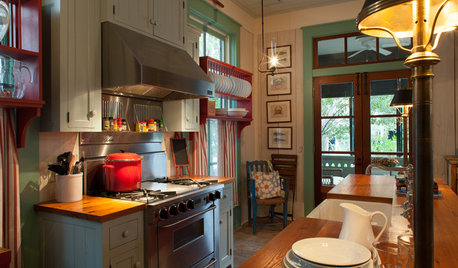
TRADITIONAL HOMESHouzz Tour: Lessons in Florida Cracker Style From a Vacation Home
This casual vintage home style is making a comeback. See the defining features up close in this relaxed house built for a crowd
Full Story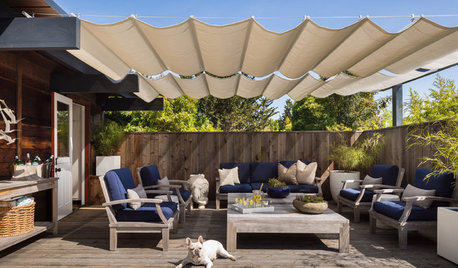
MIDCENTURY HOMESHouzz Tour: How Can We Get Invited to This Awesome Midcentury Home?
A redwood-clad gem in California’s Marin County features a dreamy outdoor oasis with an open-door policy for the homeowners’ friends
Full Story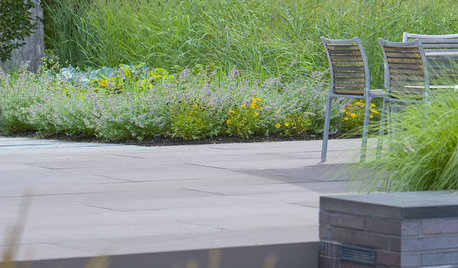
FLOWERS AND PLANTSPanicum Virgatum, a Prairie Beauty Many Gardeners Can Enjoy
Switchgrass adds color through the year and is a natural ‘seed feeder’ for birds
Full Story
GROUND COVERSNative Alternatives to English Ivy, Japanese Pachysandra and Periwinkle
These shade-loving ground covers are good for the environment and say something about where you are
Full Story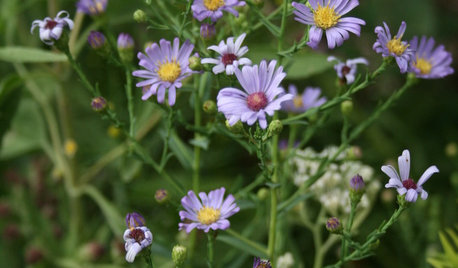
NATIVE PLANTSAutumn Joy: How to Get 3 Months of Fall Flowers
Enjoy blooms from September to November by mixing 6 asters native to different areas of the U.S.
Full Story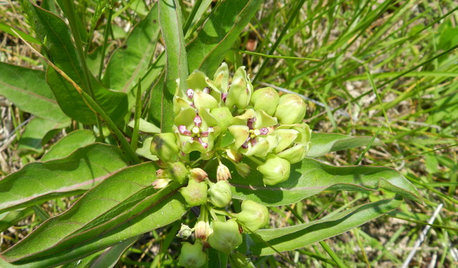
GARDENING GUIDESGreat Design Plant: Asclepias Viridis
Green antelopehorn is a milkweed that is short, drought-tolerant, not aggressive and a monarch favorite
Full Story
GARDENING GUIDESGreat Design Plant: Coreopsis Tripteris
Watch butterflies alight on this plant's summer blooms that reach 6 feet into the sky
Full Story
GARDENING GUIDESGreat Design Plant: Sambucus Nigra
Common elderberry is a highly adaptable shrub from the eastern U.S., with berries galore for wildlife and humans alike
Full Story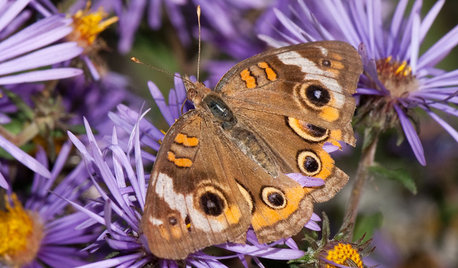
FALL GARDENINGGreat Design Plant: Symphyotrichum Novae-Angliae Ushers in Fall
With bold purple flowers easily accessible to pollinators, New England aster offers loads of interest in the autumn garden
Full Story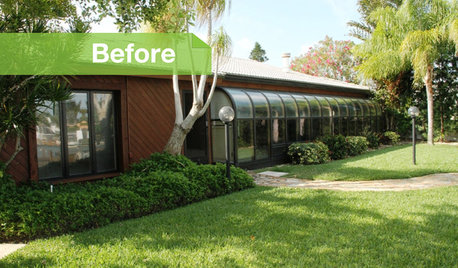
REMODELING GUIDESFollow a Ranch House Renovation From Start to Finish
Renovation Diary, Part 1: Join us on a home project in Florida for lessons for your own remodel — starting with finding the right house
Full StoryMore Discussions






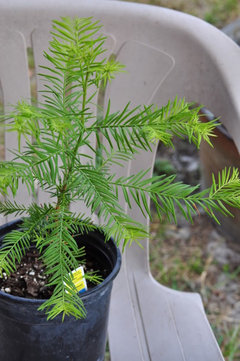
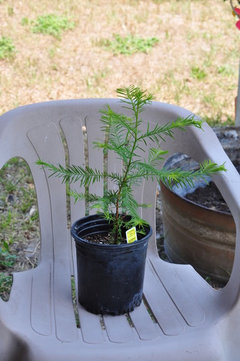
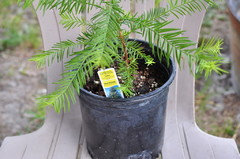
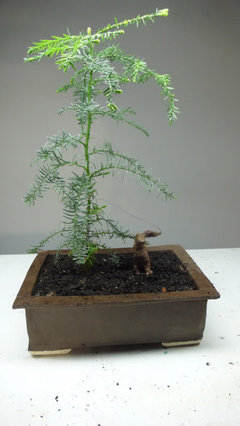
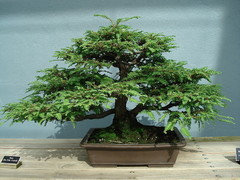



Axel